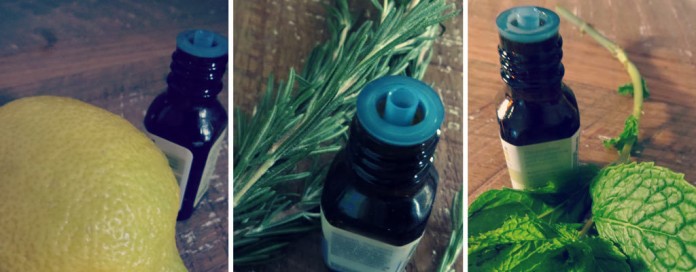Essential oils have been used in aromatherapy and other forms of natural health and healing for centuries. A plant’s essential oil contains all of its organic compounds, elements and constituents in concentrated form.
How are essential oils harvested?
How essential oil is harvested depends on the plant from which it is derived. Distillation, expression and extraction are the three basic methods to remove oil. Lavender is chopped, grinded and distilled with steam. Lemon oil is harvested by expression, commonly called cold-pressing. Extraction requires application of a solvent. The result of extraction is called an absolute. The extraction method is used to harvest oil from flowers like roses and other fragile plants.
It is possible to harvest essential oil with steam distillation at home, but doing so requires a very large amount of plant material and distillation equipment.
Choose quality essential oils
As an avid user and frequent buyer of essential oils, I’ve discovered a huge difference in quality among products. Be sure to purchase pure essential oils, as opposed to synthetic essential oils. Some products claim to be “therapeutic-grade” or “certified,” but essential oils are not regulated to specific standards.
Prices vary widely between brands. You may be tempted to pick a lower price tag, but choosing quality essential oils comes at a cost. I advise you to sample several products for quality; you’ll notice the difference in aroma and effectiveness.
Favorite 5 essential oils
I use essential oils for personal care and cleaning. Here are my favorite five, and easy ways to use them at home:
Lemon is citrusy and clean. It’s my favorite essential oil for cleaning. It removes sticky goop and gunk, leaving surfaces shiny and spot-free. To make your own multi-surface lemon cleaner, fill a spray bottle with water and 1/4 teaspoon liquid soap. Add 20-30 drops of lemon essential oil and shake well.
Lavender is pleasant and calm. It is my favorite essential oil to add fragrance to homemade lotions and soap. Lavender sooths skin and reduces redness.
In aromatherapy, lavender is used for relaxation. Put a few drops of lavender essential oil directly on your pillowcase before bed.
Tea tree is invigorating and pure. It has antibacterial properties that provide natural defense against acne and other skin conditions, including canker and cold sores. Apply a small amount directly to skin. Be cautioned, though: tea tree oil can burn skin.
Rosemary is earthy and herbal. I mix a natural air freshener spray by combining 1 tablespoon vodka (or rubbing alcohol), 6 tablespoons water and 30-40 drops of rosemary essential oil in a spray bottle. Shake before use. Spritz throughout house.
Peppermint provides instant pep and pick-me-up. I keep a bottle in the truck and dab a few drops on my maxillary sinuses (nose, cheekbones) to deal with motion sickness. A few drops on my temples, frontal sinuses and back of neck also helps get a handle on headaches.
Keep in mind that the contents of this post are for informational purposes only. You’re responsible for determining which uses of essential oils are right and wrong for you.
Other ways to use essential oils:
- 5 DIY bath and beauty products April 17, 2015












